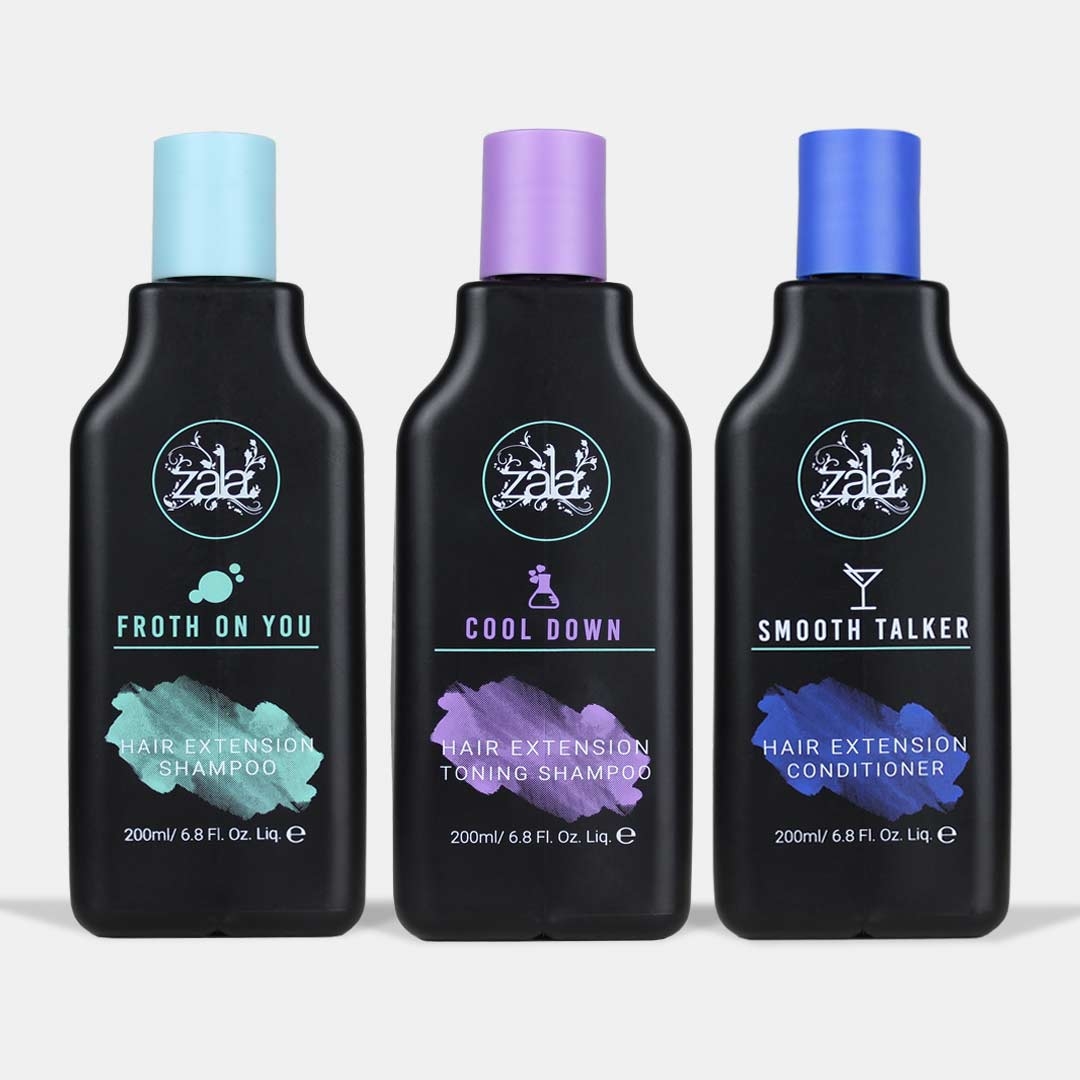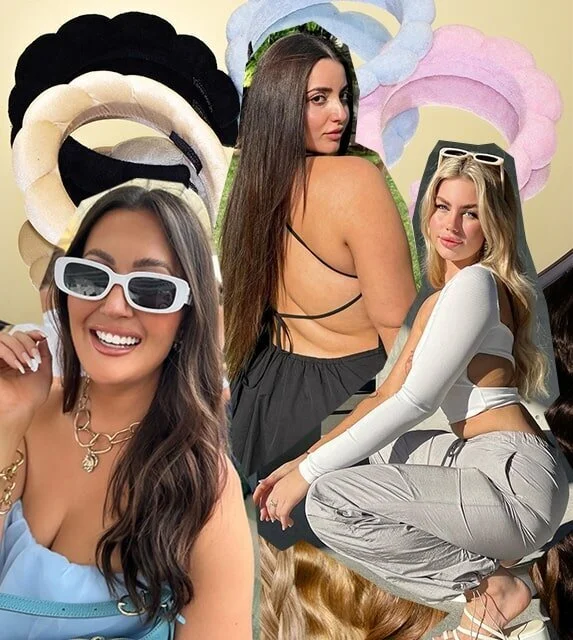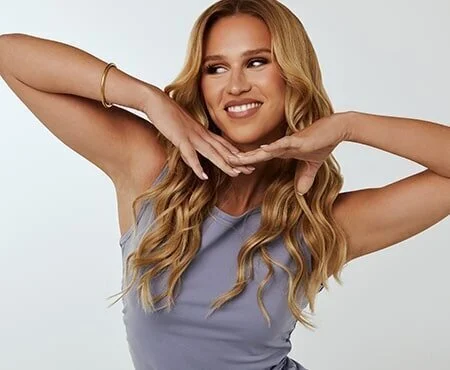What Is Hair Texture?
Hair texture can be a great indicator for hair health. While there are various types of texture, it goes without saying that a change in your hair’s texture could signify that something in your body has just gone wrong.
In this article, we’ll be talking all about hair texture, what it is and why it changes throughout our life.

What is hair texture?
To most laypeople, hair texture simply refers to how hair feels like when you touch it. From a professional’s standpoint, however, hair texture refers to the thickness or width of your individual hair strands. There are three main types: fine, medium, and coarse hair.
Fine hair
Fine hair refers to thin strands, typically thinner than a thread. Fine-haired people rarely get frizzy hair, but this type of hair texture does come with some caveats.
One, fine hair usually lacks volume, the most common complaint being flat-looking strands. Two, fine hair becomes greasy or dry very easily. Lastly, many fine-haired people are known to suffer from hair fall more than other hair texture types. That’s because fine strands are more vulnerable to damage and are more prone to breakage, due to their fragile nature.
Medium hair
Medium hair, as its name implies, is neither thin nor thick. On average, each strand is about the thickness of an average thread. Of the three hair textures, medium is also the most common.
Medium-haired people are generally quite lucky, as their hair aren’t as fragile as fine hair nor as hard to manage as coarse hair. They do have their own share of hair problems but nothing too extreme, since medium hair sits perfectly in the middle.
Coarse hair
Coarse hair is the thickest of the three textures, evidently much thicker than an average thread. It’s also the strongest hair type, able to withstand even the tightest of ponytails and most regular hair pulls.
Coarse hair is very easy to style, as it always appears full and thick. It can also tolerate most chemical treatments, such as hair rebonding or even hair bleaching. However, coarse hair tends to dry up easily, since it requires a lot of moisture to sustain itself. When it becomes too dry, it feels rough, frizzy, and straw-like.
Does hair texture change?
It’s possible for hair texture to change. Many people have experienced a change in the texture of their hair before due to a myriad of reasons.
Here are some factors that could change the texture of your hair:
- Aging. Many people usually have fine hair as children, which turns medium or coarse as they grow older, eventually going back to fine in their senior years.
- Diet. If you’re not getting enough nutrition in your body, your hair could become fragile, limp, and easily broken. It’s also not surprising to experience hair loss due to poor diet.
- Medication. Some people see their hair textures change as a side effect of their medications. Luckily, the changes usually stops once the person stops taking the medication, eventually reverting back to the old texture.
- Hormonal imbalance. Imbalances in your hormones can cause changes in your hair’s texture. For example, people who have an issue with their thyroid could experience their hair becoming drier, coarser, and more brittle. Women who are undergoing pregnancy also report seeing changes in their hair textures, namely becoming thicker and shinier than before.
- Chemical hair procedures. Lastly, chemical procedures like bleaching, coloring, rebonding, and perming could change the texture of your hair. Chemically damaged hair, for example, is usually straw-like and devoid of any shine and luster.
In the next article, we’ll discuss the ways on how you can improve your hair texture! For more hair tips and tricks, don’t forget to check out our ZALA blog!




